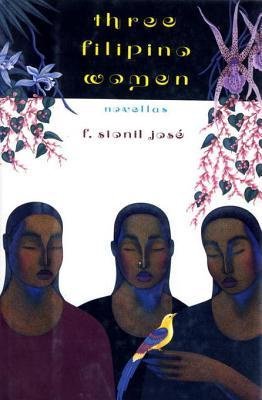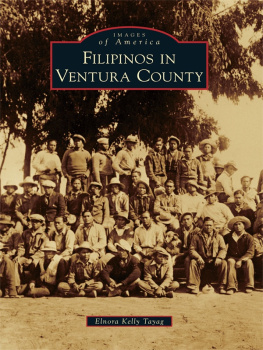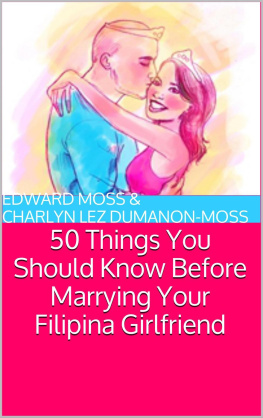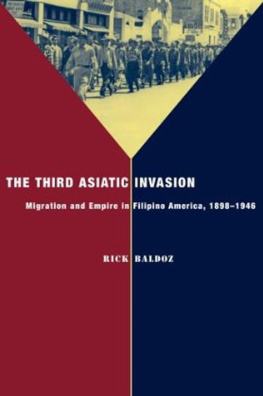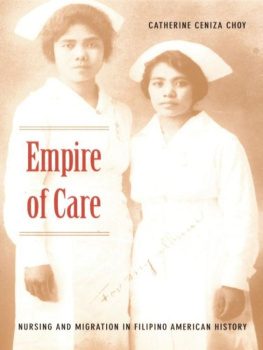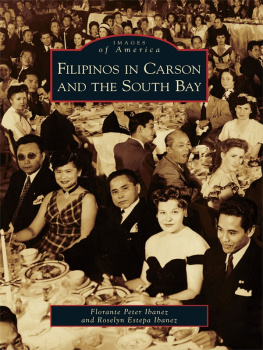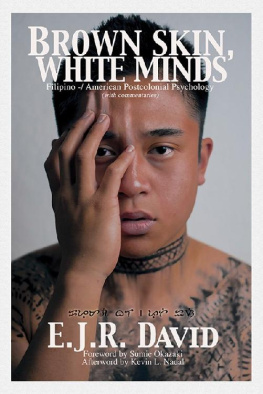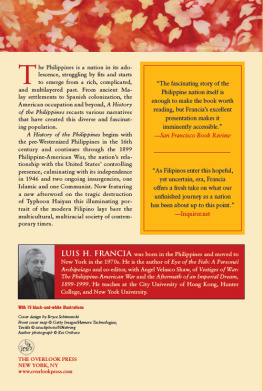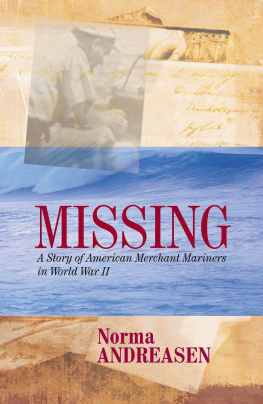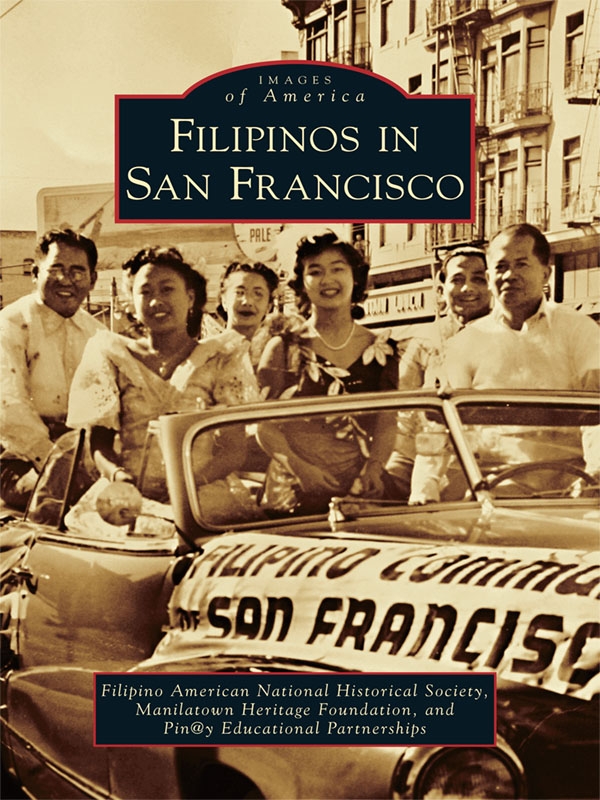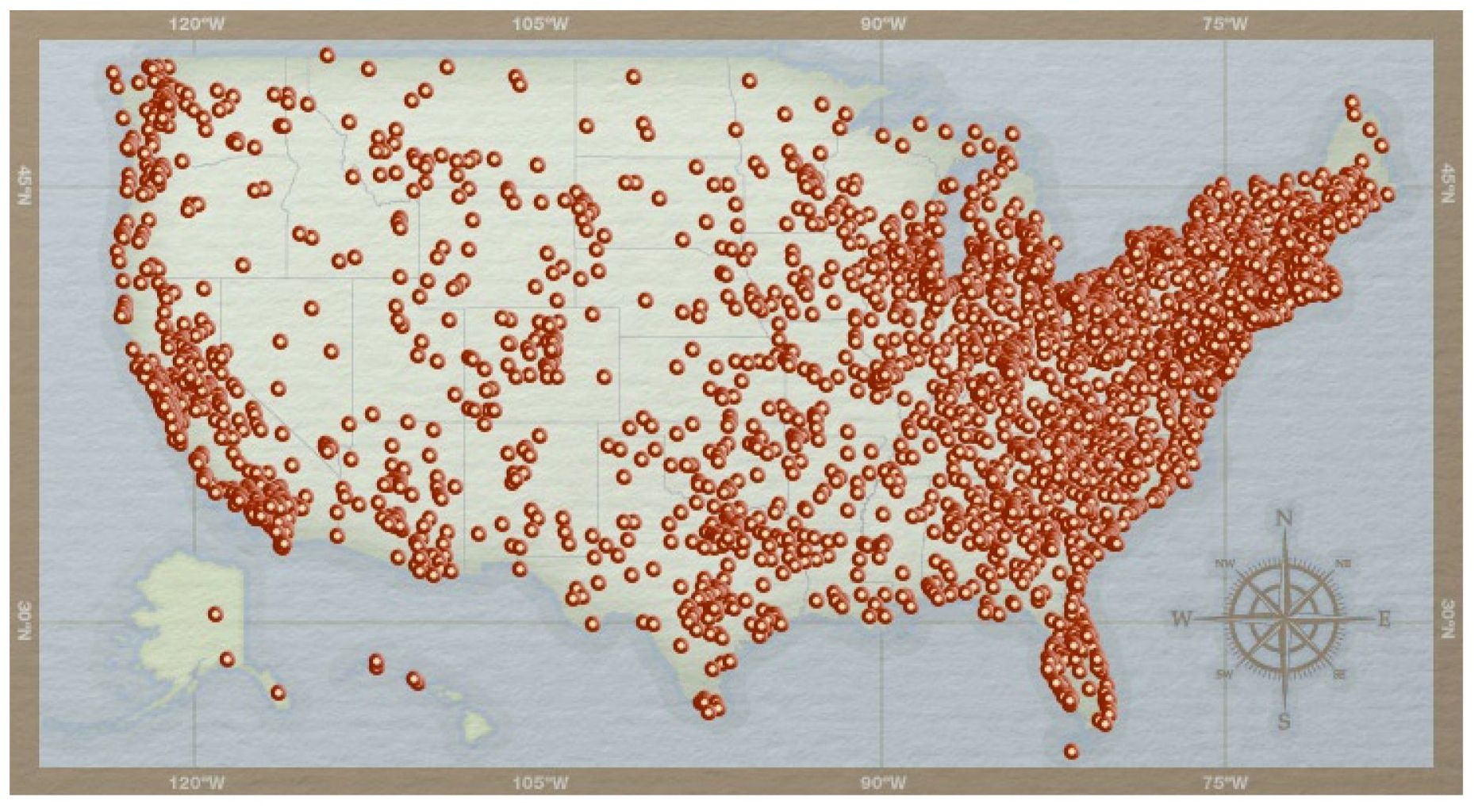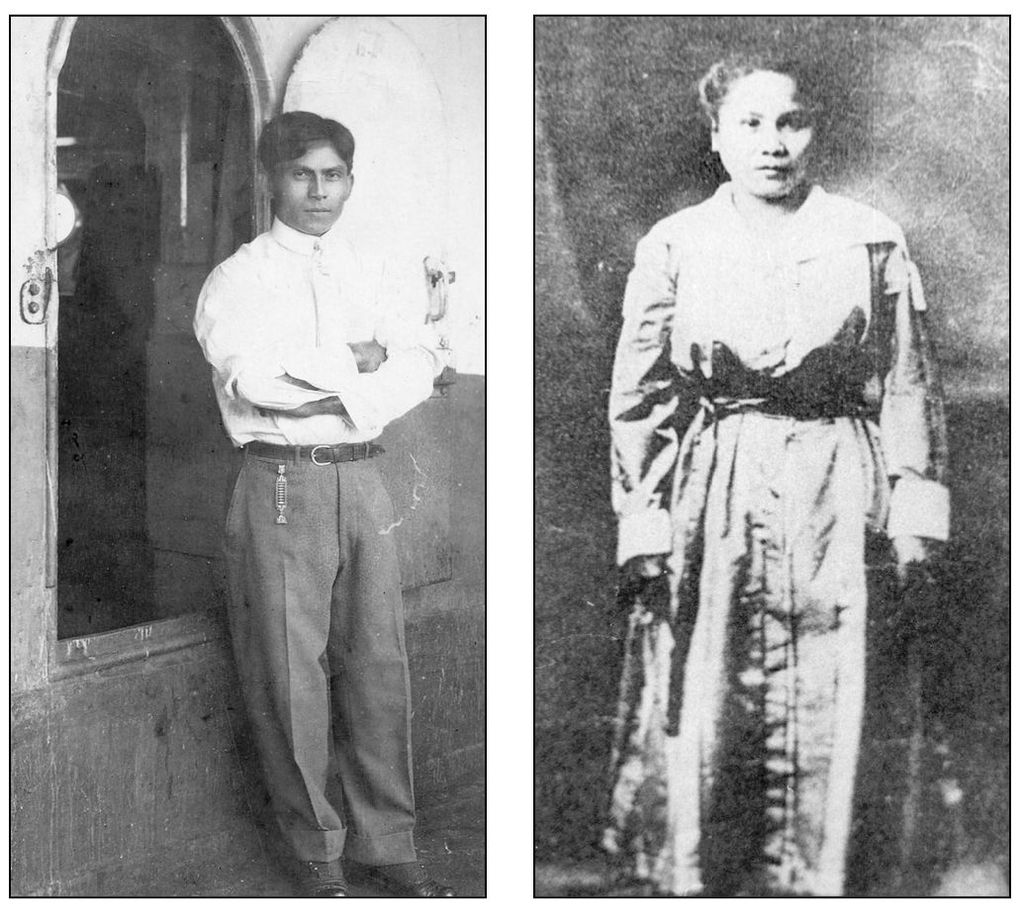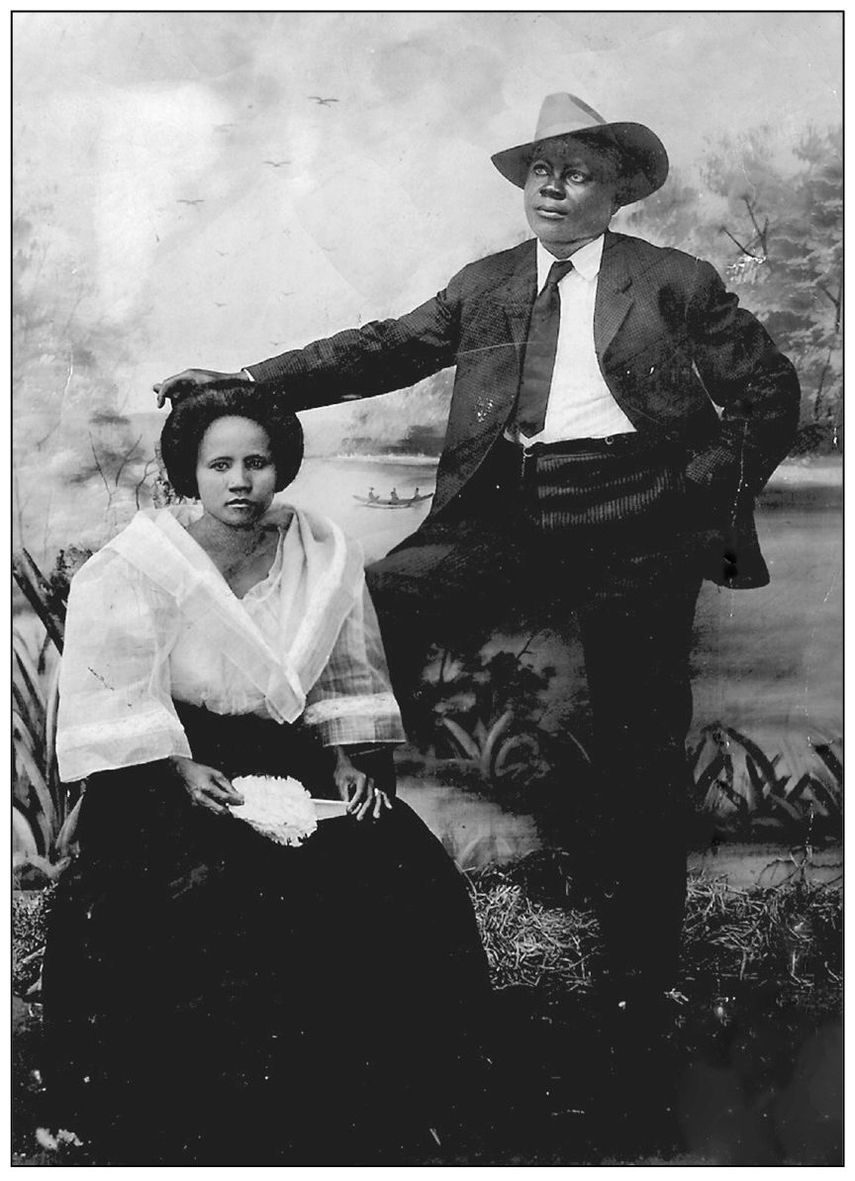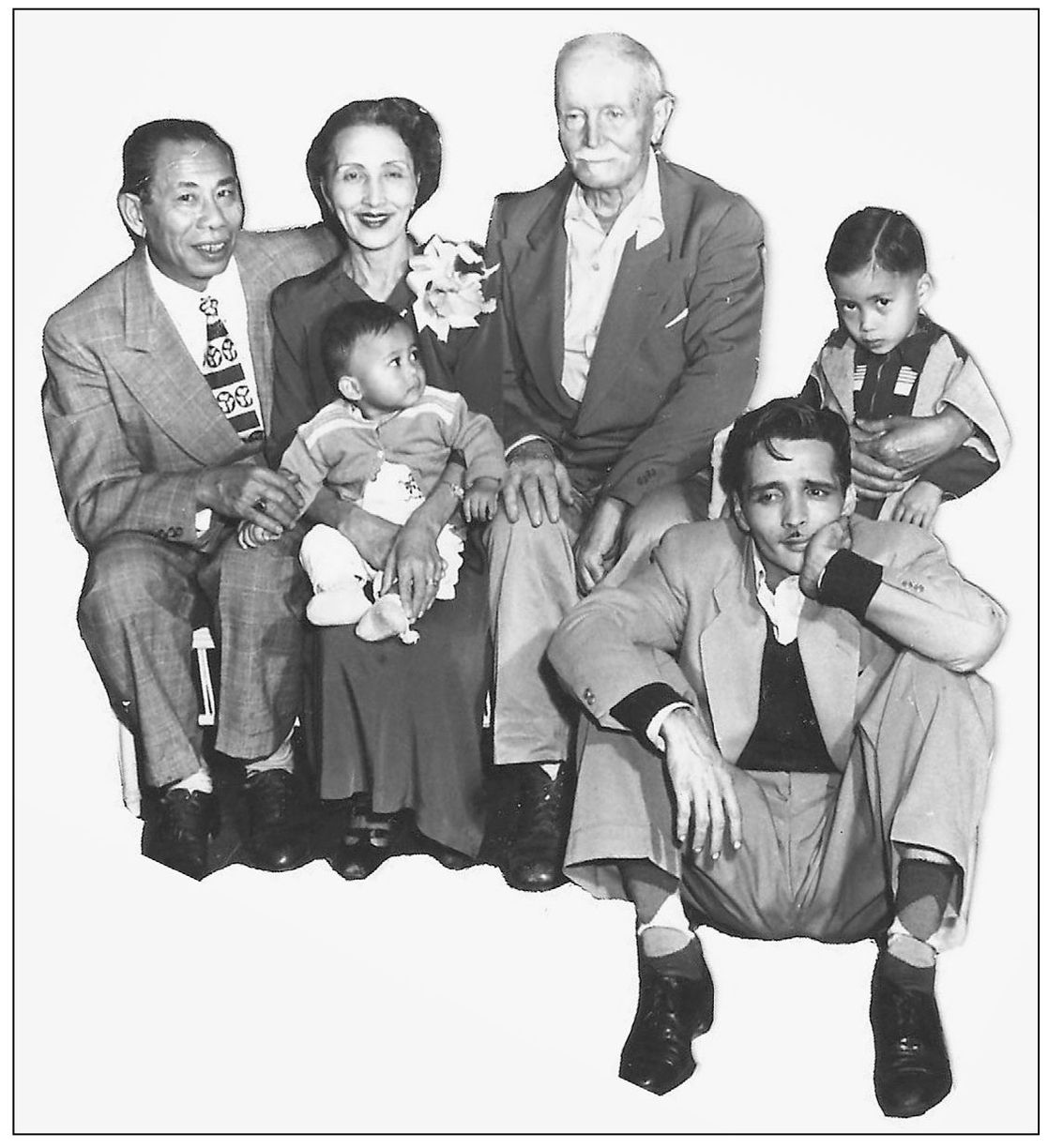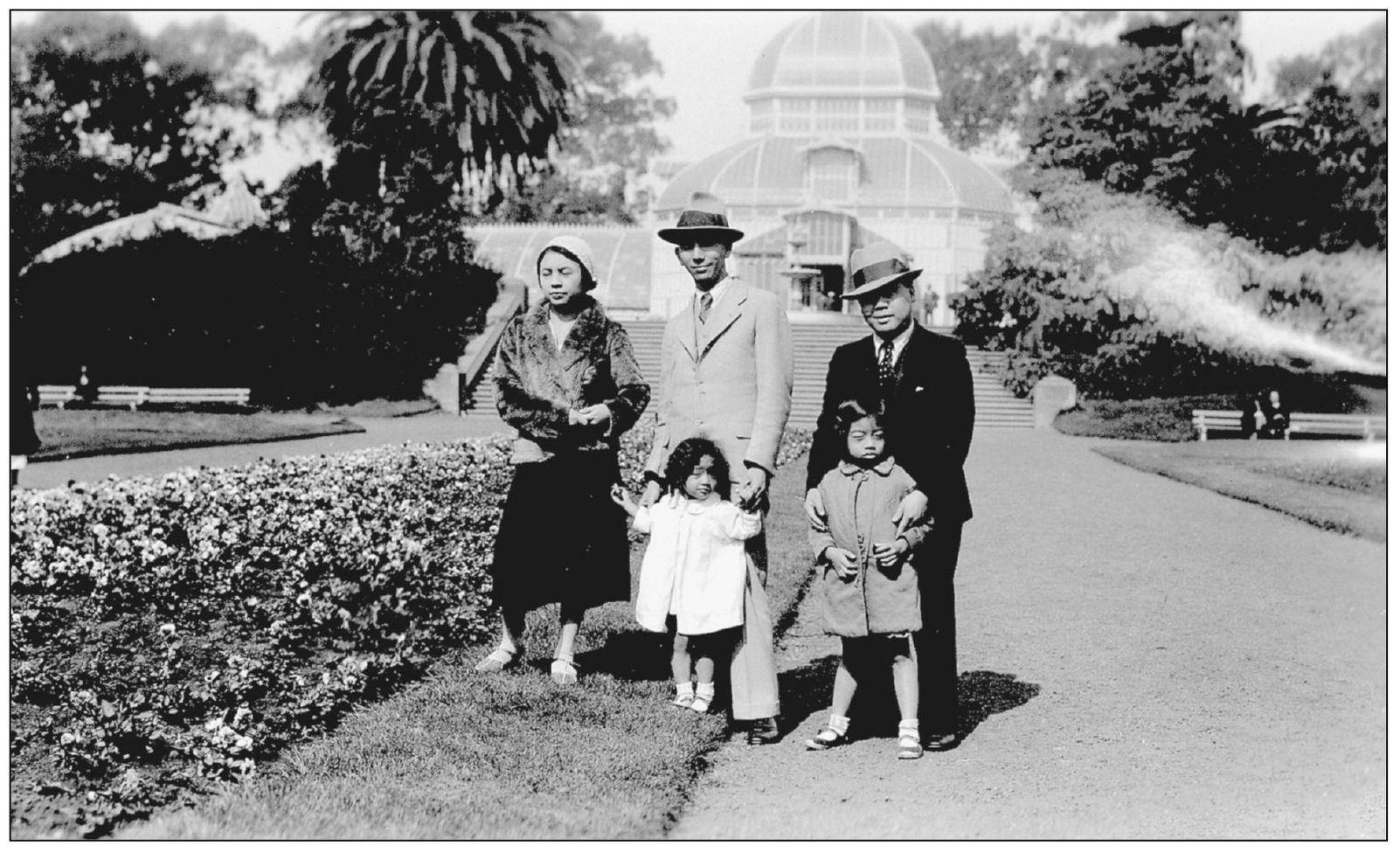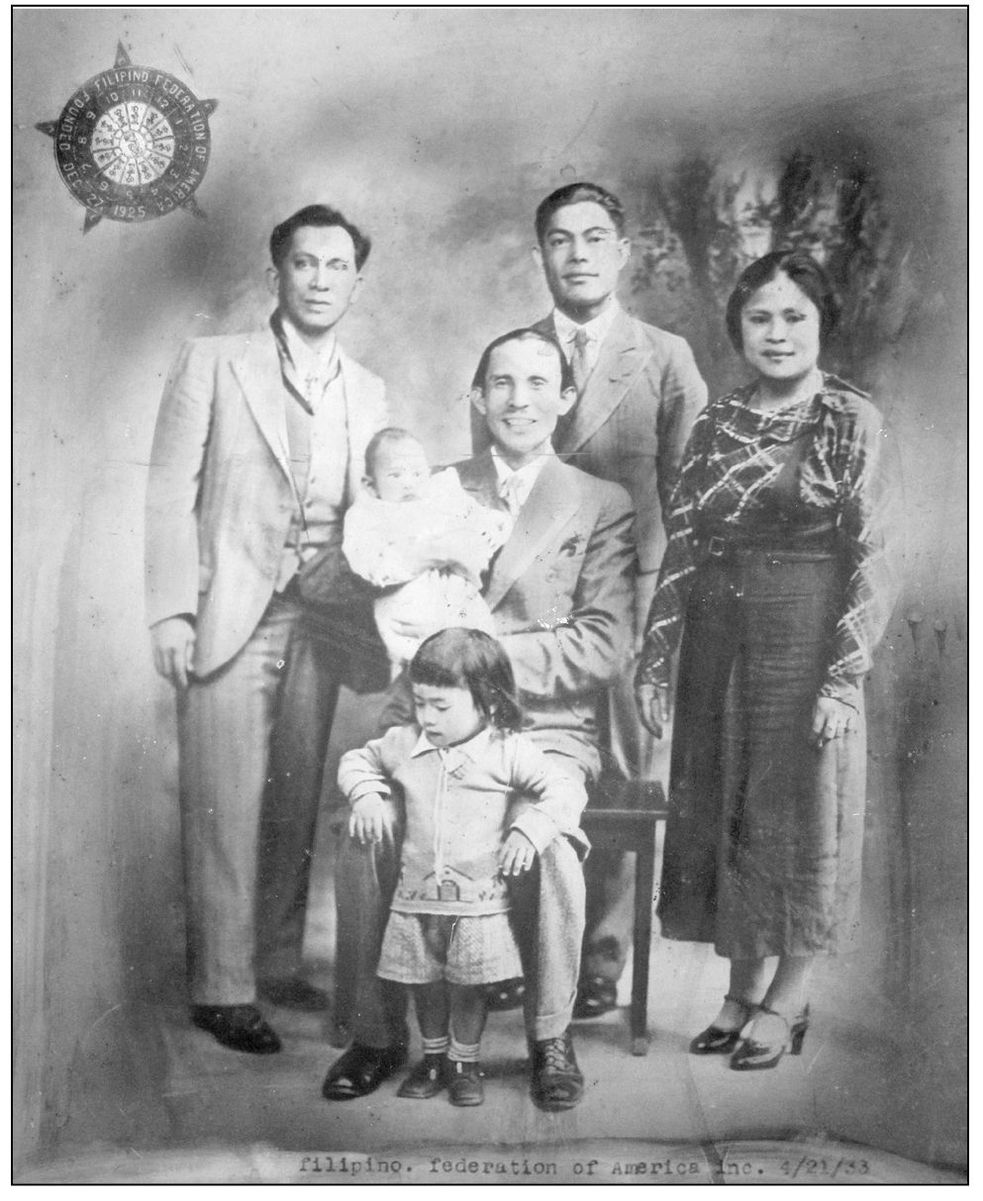ACKNOWLEDGMENTS
We express our profound gratitude to the kind donors of photographs, documents, and oral histories that are the reason-for-being of this collaborative project.
More than 100 individuals, families, archives, and organizations credited in the captions contributed material, including many cherished and irreplaceable heirlooms, to this photographic journal. We apologize to those generous people whose images we were unable to include because of the publishing limitations of the project. The editorial committee is deeply appreciative of their time, energy, and firm commitment to the preservation of Filipino American history in San Francisco.
Many volunteers and interns performed a broad array of tasks to assist the editorial committee: historical research, image scanning, digital photograph processing, and photography. Our volunteers and interns were Romi Lynne Acosta, Chris Amodo, Mark Aquino, Kristina Bautista, Maria Lourdes Del Rosario, Rod Daus-Magbual, Anne-Rose Duenas, Maurus Dumalaog, Jesus Perez Gonzales, Jeffrey Lapitan, Matthew Lew, Richard Likong, Barbara Linda Palaby-Gonzales, Pin@y Educational Partnerships teachers, Nikki Placido, Jerome Reyes, Tony Robles, Aldrich Sabac, Ray San Diego, Mahalaya Tintiangco-Cubales, and students in David Palumbo-Lius class at Stanford UniversityAmy Dao, Tina Duong, Julian Jaravata, Healy Ko, Brianna Pang, Kristina Peralta, Krystie Villamayor, Kimberly Vu, and Jill Yuzuriha.
The committee wishes to give special thanks to the many local archivists and archives, scholars, the boards and staffs of community organizations, and history advocates for their assistance in the production of this book, including Drs. Fred and Dorothy Cordova, Filipino American National Historical Society, National Office; Al Acena, professor emeritus at College of San Mateo; Fred Basconcillo, former president of the Ironworkers Union; Dalisay Balunsat, Filipino American Center at the San Francisco Public Library; Kristina Bautista and the Filipino Community, Inc., of San Francisco; Alex S. Fabros, Ph.C., History, UC Santa Barbara; Amelia Fields and the Fields/ Ricaforte family, Gran Oriente Archives; the Filipino Community Center; Christina Moretta, San Francisco History Center; Isaac Obenzinger and the Manilatown Heritage Foundation; Catherine Powell, Labor Archives and Research Center, San Francisco State University; Mitchell Yangson, Filipino American Center at the San Francisco Public Library; visual anthropologist and photography wizard Malcolm Collier, the Asian American Studies Department, and the College of Ethnic Studies, San Francisco State University.
Three San Francisco Bay Area organizations collaborated on this project: the Pin@y Educational Partnerships, the Filipino American National Historical Society, and the Manilatown Heritage Foundation. All proceeds will benefit their respective educational programs. Serving on the editorial committee were project manager Evelyn Luluquisen, Eduardo Datangel, Emil de Guzman, Daniel Phil Gonzales, Estella Habal, Dawn Bohulano Mabalon, Oscar Florentino Penaranda, Roy Recio, Tony Remington, Allyson Tintiangco-Cubales, Dennis Ubungen, Mitchell Yangson, Carlos Zialcita.
Find more books like this at www.imagesofamerica.com
Search for your hometown history, your old
stomping grounds, and even your favorite sports team.
One
COMMUNITY BUILDING HOME AND WORK
San Francisco was the gateway city for Filipinos coming to America. The earliest arrivals of the late 19th and early 20th centuries were merchant marines, aristocratic businesspeople with their families, wives, and children of buffalo soldiers, veterans of the Philippine-American War, pensionadas/os Filipina/o students on scholarships at major U.S. universities, and a few intrepid travelers and their families. As early as the 1910s, they started families and established enduring community institutions in the Bay Area. By the 1930s, more than 50,000 had come, eager to pursue work, education, and adventure. Many would pass through San Francisco to the fields and fish canneries and to work in cities such as Stockton, Vallejo, Los Angeles, Portland, and Seattle.
Maximo Tormes (left), was born August 18, 1882, in Sibonga, Cebu. A merchant marine, Maximo arrived in 1904, witnessed the Great San Francisco Earthquake of 1906, and became a fireman in the U.S. Army Transport Service. Julia Haya arrived in February 1913 from Bago City, Bacolod, as caregiver for a wealthy family. Julia met and eventually wed Maximo in one of the first documented Filipino marriages in Oakland, California, in 1918. Daughter Caroline was born in San Francisco in 1920. (Both photographs, Ubungen family.)
African American veterans of the 9th and 10th Cavalry Regiments, U.S. Armythe buffalo soldierswere deployed to the Philippine American War (18991902) from Fort Mason of the San Francisco Presidio. Maria Osano (left) of Iloilo married cavalryman Henry Hudson Pitts (standing) of Atlanta, Georgia, in 1899. She arrived in San Francisco in 1915. They owned a home on Lyon Street in the Upper Fillmore/ Western Addition neighborhood. Pitts worked for the U.S. Postal Service. (Clara Tronco/Marie Conde.)
Veteran Arthur Gubisch, born in Glogan, Germany, in 1873, immigrated to the United States, enlisted in the U.S. Army, and was sent to the Philippines during the Spanish-American War. Gubisch remained in the Philippines with his wife until his death in 1952. His children eventually migrated to San Francisco. In this photograph, from left to right, are George Bansuelo and Else Reyes Gubisch Bansuelo with their son, Arthur Gubisch, Alvin Reyes Gubisch, and an unidentified individual. (Vidda Chan.)
Frank Mancao recorded community life of the times in fine photographs. Here he stands (center) behind his daughter Betty. Mancao met and married Amanda Waten (left) while visiting his birthplace, Carcar, Cebu. Pictured on the right, the couples daughter Annie stands with an unidentified friend. The Conservatory of Flowers in Golden Gate Park is the backdrop for this 1930s photograph. (FANHS, National.)
The Filipino Federation of America, founded by Hilario Moncado on December 27, 1925, was established in Los Angeles with lodges in San Francisco, Stockton, Seattle, and Hawaii. In this image taken in San Francisco on April 21, 1933, are, from left to right, (first row) Lapu Lapu Ramos; (second row) Hilario Moncado, president and founder, holding baby Octabo Ramos; (third row) Benito Ramos (left), supreme world council; Francisco Manigo (center), vice president; and Lauriana Ramos, womens supreme world council. (Perez family.)


